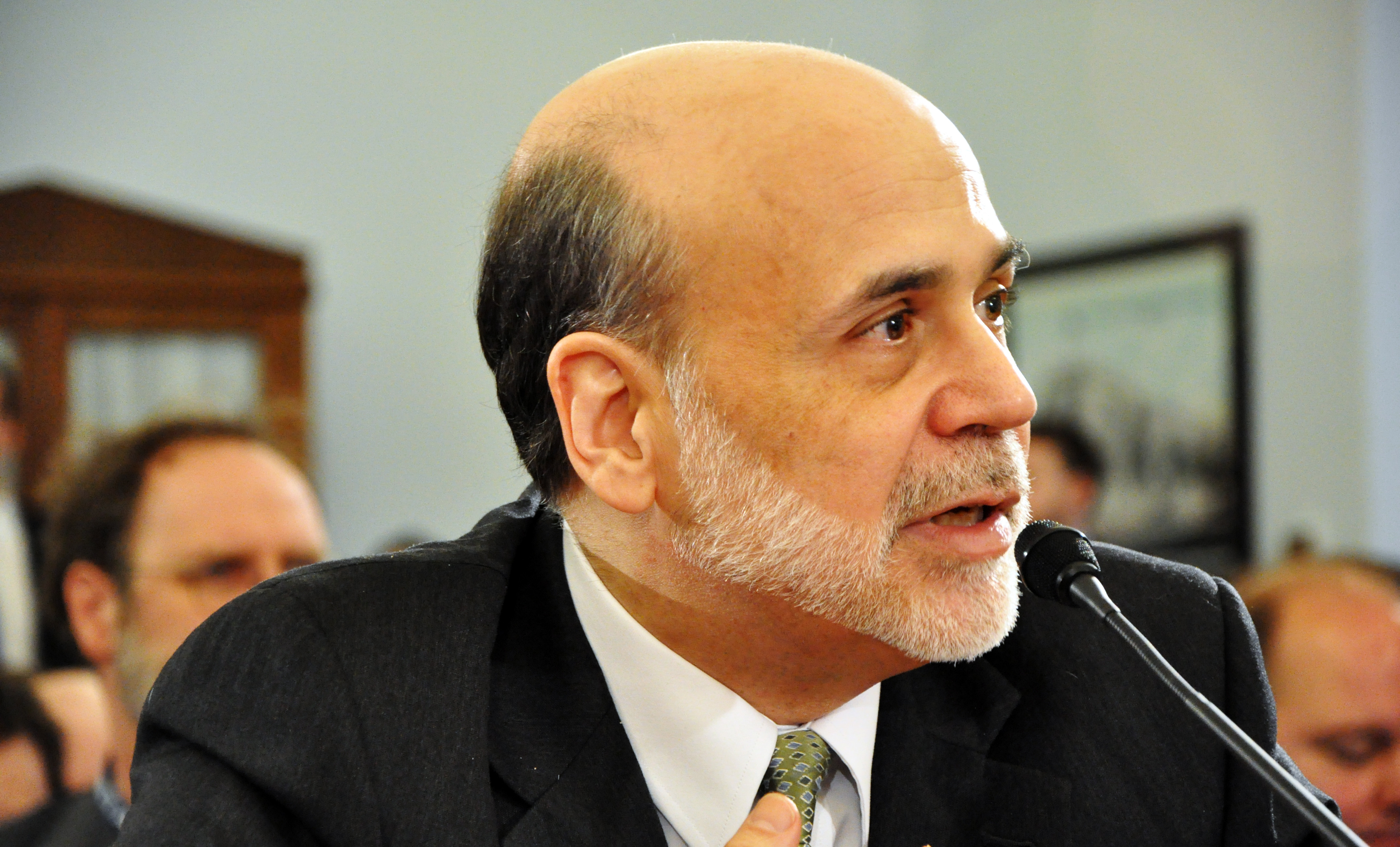Many months ago I wrote of Shinzo Abe’s ambitious new economic plan for Japan and the subsequent expansion of the monetary base with which it was accompanied. I cited the fact that, beginning in early 2014, the Bank of Japan would begin buying government bonds at a rate of 13 trillion Yen ($145 billion) a month. I want to throw another figure out there – $85 billion a month. This is the rate at which the U.S. Fed has been buying bonds under the third round of quantitative easing (QE3), the latest program of asset purchases begun in September of 2012. It is expected that the Fed will expand their monetary base by another rough trillion before their purchasing campaign is done.
It’s often all too easy to lose sight of what these numbers actually mean. They quickly become mere facts once put on paper, devoid of any real life connotations or meaning. But the fact is that one trillion dollars equals a thousand times a billion, or a million times another million. The scope of the nearly continuous Fed buyback since 2008 is staggering. And so when Ben Bernanke and the Fed’s board of advisors affirmed again in the most recent Fed minutes their desire for a tapering and eventual cessation of purchases by mid-2014, given the correct economic conditions, it marked a change in Fed policy that carries with it huge potential ramifications.
The big question really concerns not when the Fed will end these buybacks, but what the consequences will be when they do. There is a sense that Bernanke and co. are pushing an inevitable reckoning down the road. It has been easy and inviting to talk of economic “recovery,” all the while ignoring the innumerable Treasury notes and the hulking mess of government purchased toxic assets, taken off the hands of Wall Street and forced onto the American public, that still lurk below the thin veneer of lies and jobs reports. So what happens when the music slowly trickles to a whisper, when the punch bowl is taken away in a way no one has ever seen before? Can the Fed really just let the trillions of dollars worth of accrued debt mature? They argue, naturally, that they can, but it really isn’t that simple. Will the Fed have to pay themselves, the owners of the bonds, when their maturity date comes? What happens when the interest on all these bonds comes due? None of these questions are being asked, but their answers, whatever they may be, will soon be made clear. Of course, by mid-2014 Bernanke will be long gone, leaving someone else to try and manage the fall.
Already 2008 is a dim memory; its bitterness forgotten by pundits now focused on other things. But the crisis hasn’t gone away. Five years later we are still dealing with its aftermath, manifest in the trillions of dollars the Federal Reserve (willingly) and the American people (unwittingly) took on. Easing very well might have staved off economic collapse then – but what about now? It’s a question that could shape 2014 and a long time afterwards.
